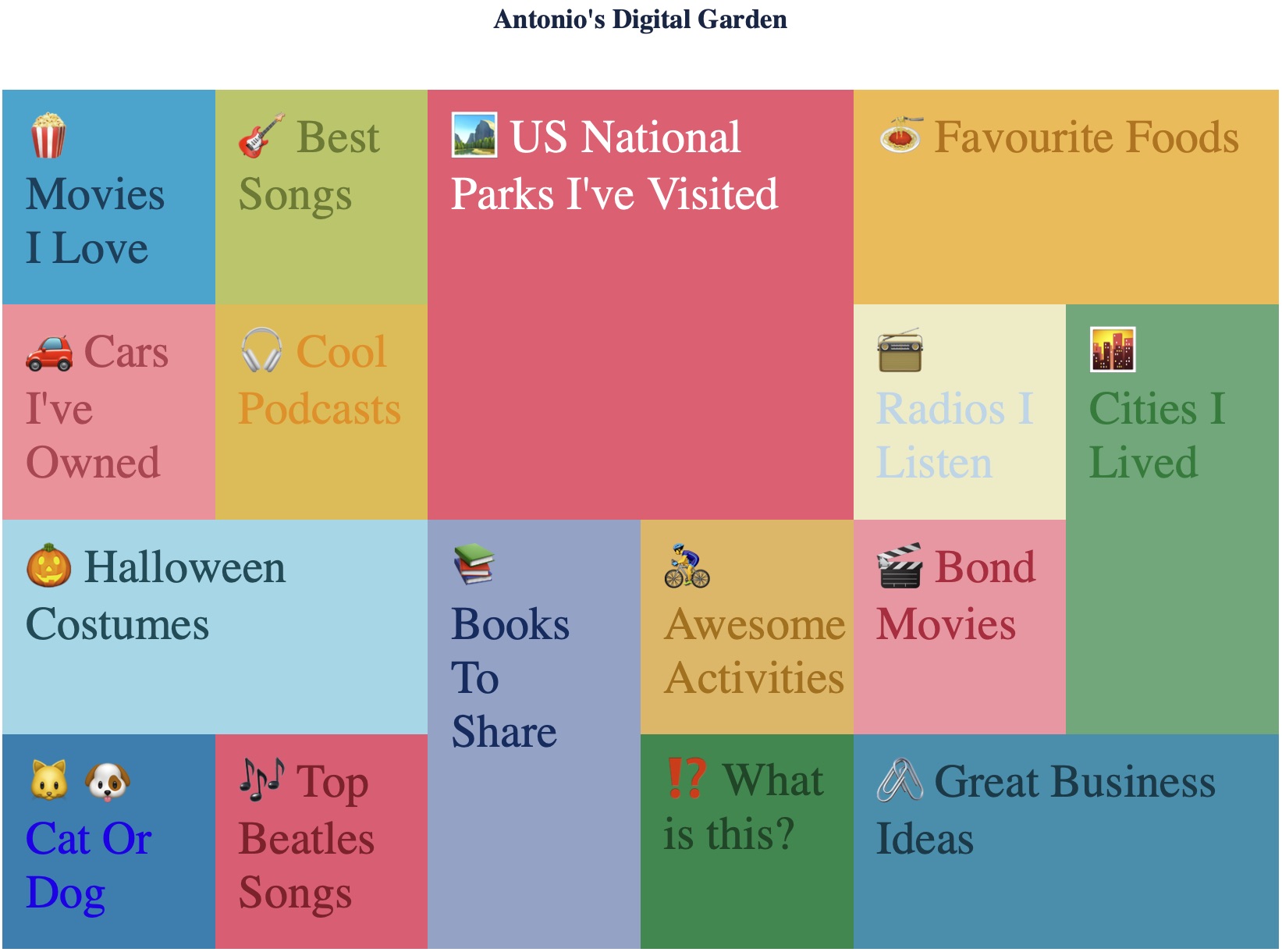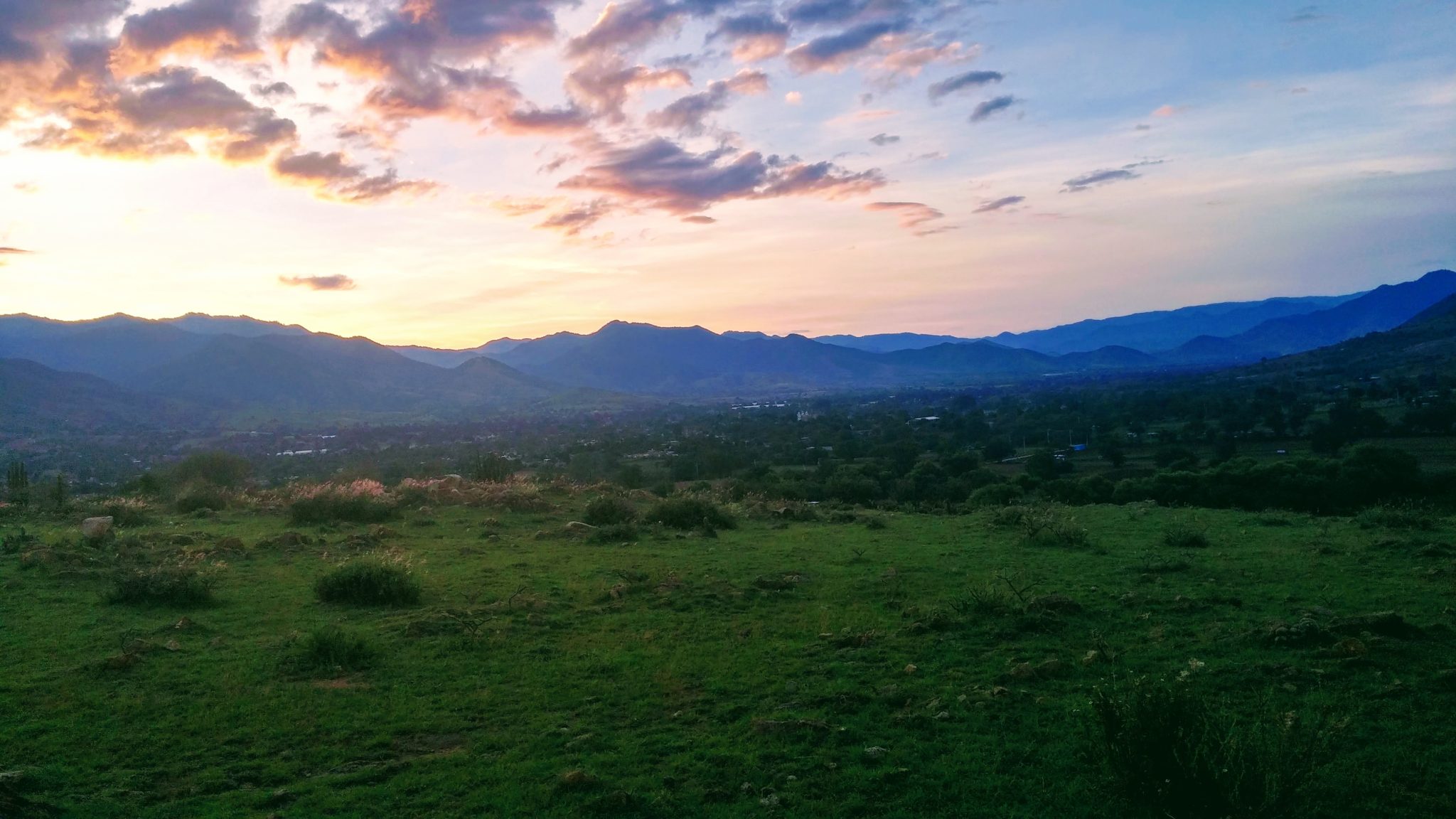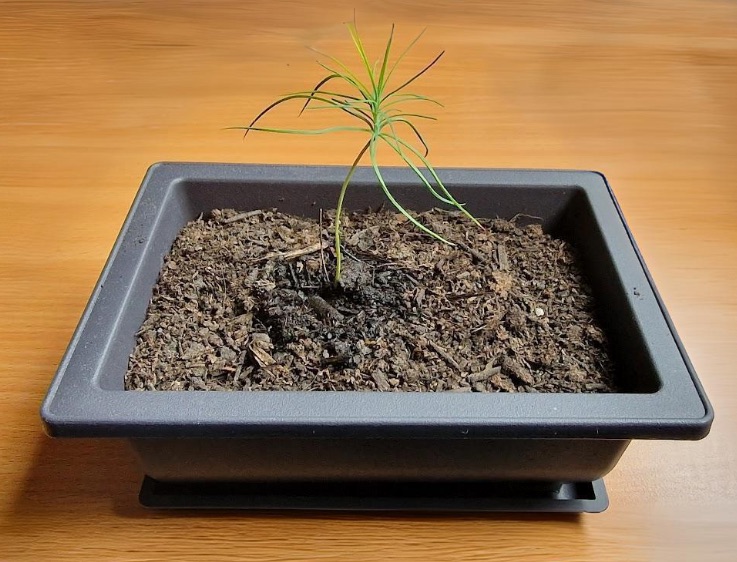Background on Digital Gardens & IndieWeb Carnivals
The idea of a digital garden is a powerful one in IndieWeb circles. Gardens are organic, evolving places with cycles of growth, decay, cultivation. Maggie Appleton’s essay A Brief History & Ethos of the Digital Garden — provided a history of “digital gardens” and codified the idea that a website was not a brochure or “final product” — but a space to think with over time.
The idea of an IndieWeb Carnival originated with Sara Jakša a few years ago. (See her P&B interview for some backstory). The basics of an Indieweb Carnival, like any blogging carnival, are that folks with websites write on a topic decided by a host. Typically participant websites use indieweb building blocks, but the baseline expectation is that we write at some length on a website we control–as opposed to on a social media silo. In planning to host the February 2025 Carnival I read prior wrap ups on the wiki page. I noticed a month without a wrap up! With the host’s blessing I took it upon myself to highlight these untended plants.
And so: Wrap Up: Indieweb Carnival August 2023
Mark Sutherland announced “Gardening“ as the IndieWeb Carnival in August of 2023:
This can be anything related to the term gardening, be it physically or digitally.
Whether you are a keen horticulturist and have perfected your own personal oasis, or you have a digital garden that spreads many online acres or you’ve sculpted the greatest in-game garden in Animal Crossing or The Sims this is the month to publish your thoughts, experiences or just show off to the world your gardening prowess.
Alternatively, if you’re like me and fairly useless at gardening and somehow keep managing to build up a graveyard of plants despite your best efforts (my previous achievements include de-hydrating a cactus plant) this can also be the month to share your misadventures, or as I am going to be, attempt to cultivate your gardening skills to a new level.
And so, the entries, ordered alphabetically by domain name:
- My Own Digital Garden On The Web from Antonio Rodrigues (antonio.is)
- Gardening from Matthew Owens ( brokenintuition.com )
- Learning to accept imperfection through gardening from Tracy Durnell (cascadiainspired.com)
- Gardening from James (jamesg.blog)
- A Garden Is a Lovesome Thing from Jeremy Cherfas (jeremycherfas.net)
- The Natural Garden: Oaxaca from Pablo Morales (lifeofpablo.com)
- Gardening and Stuff from Sara Jakša ( sarajaksa.eu)
- Bonsai from Yousef Famar (yousefamar.com)
I enjoyed reading them all. Antonio created a tree map to represent posts of his. I like the idea of visual representations of a set of posts.

Matt Owens’ post is a journey. It starts with him “despising” the idea of a pristine, chemically oppressed “lawn” but doing it anyway, and in doing the work of learning about gardening coming to appreciate the efforts and benefits to gardening.
I’m used to reading Tracy on her domain https://tracydurnell.com, it was a delight to read an older post of hers: Learning to accept imperfection through gardening is a lovely piece. It also includes some photos of her garden. She reframes her garden’s “mistakes” and “imperfections”–taking care to see the hidden “successes” that are present. The time dimension stands out to me. There’s a need for patience, and to accept tending a garden as a process that is an opportunity to reflect and learn over time. Not necessarily as a continuous stream of improvements, but a path of many ups and downs.
In James’ Gardening post his worries about what will happen to his plants come up a few times. I imagine his inner voice: “Are those aerial roots right? Why are those leaves falling off? What will happen when it gets colder?”–but his summation is positive: “My plants can be a challenge, but, above all, they are a delight.” I especially loved reading an italicized digression in which he gets breakfast and coffee. He needed fuel!
Jeremy’s post A Garden Is a Lovesome Thing begins with saying at one time he had hectares of farm and garden and that not having something of nature to tend would be “unthinkable.” His post is a narrative of the complications of a terrace garden. Jeremy runs the Eat This podcast and is a scientist and communicator. So the complications are met ably and vividly. His description of wrestling a plant from its pot t examine troubled roots had me quite worried. But it works out in the end. I’ll leave you with his observation which feels like a truism about everything: “Just as it can be hard to notice a plant’s decline, so to it can be hard to when things have improved. “
Pablo takes us from Nebraska to Oaxaca and included enough photos of the “gardens” of Oaxaca enough for me to feel like I came along with him picking azucenas (lilies) and hiking until sunset. May we all do as Pablo says “go wherever the outside tells us to go.”.

Sara mentions disastrous local flooding at the outset of her post. Sara speaks several languages and thoughtfully includes translations of the words she knows first in Slovenian. The main physical garden she’s responsible for is an herb garden. She tells us of the aggressiveness of rosemary, the hardiness of mint, and that tulips can be edible. She also mentions terms in her post I wish more people knew: “fan fiction,” “context collapse,” and “antifragile.” She gives us her point of view: why a car vs. public transit? clothes: buy new or sew fixes? Sara’s a thoughtful writer who has organized a number of terrific IndieWeb Zooms on that topic.
Yousef’s post IndieWeb Carnival August 2023: Gardening appears on a larger page about his interest generally in Bonsai and gardening. His post–like Jeremy’s–describes the difficulties of caring for plants in an urban setting. (One astounding aside is that Yousef wrote code that helped him adopt his beloved cat Jinn from Battersea Cats & Dogs shelter). He also goes into detail of a black pine bonsai’s progress from seed to seedling to new plant. Sadly, the wider page it appears on reveals that Jinn is the likely culprit in the demise of that little black pine.

Thanks for reading this wrap-up of August 2023’s Indieweb Carnival.

one comment...
Just thinking about some Roky Erickson today: “The moon to the left of me is a part of my thoughts; is a part of me;…